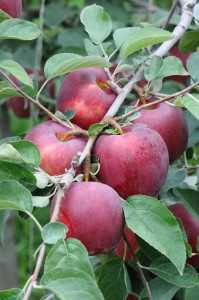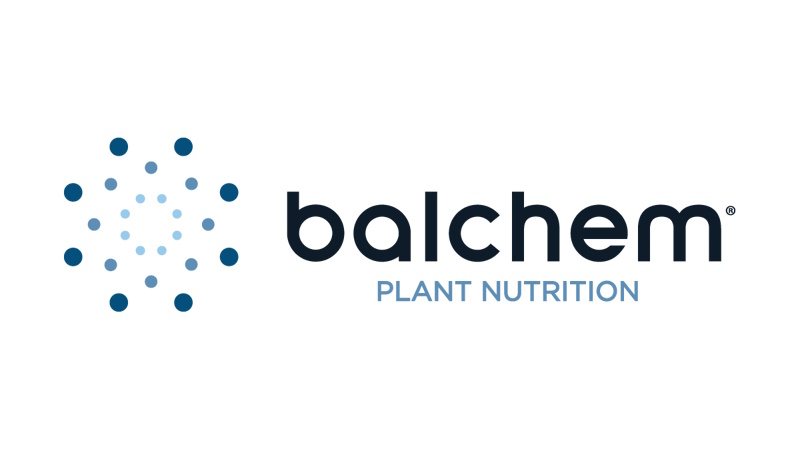Washington State University Planning To Release New WA 38 Apple

Photo credit: Kate Evans, Washington State University
In 2009, the Washington State University (WSU) apple breeding program, based at the Tree Fruit Research and Extension Center in the nation’s “Apple Capital” of Wenatchee, released its first apple cultivar. WA 2 was touted for its eating quality and appearance. It was soon followed by another new release, WA 5.
Fast forward a few years to today, and WSU is now prepping to release its third cultivar, known for now as WA 38. American/Western Fruit Grower recently caught up with Kate Evans, who heads up WSU’s apple breeding program (she took over for Bruce Barritt, who started the program in 1994 and retired in 2008). We asked her what growers need to know about WA 38, as well as the importance of breeding programs to the apple industry.
What have you learned so far about WA 38?
It’s a fairly vigorous tree and has a growth habit similar to Granny Smith. We are working on a few different growing systems at the moment to find one that fits best. It picks in the early Red season, around late September to early October. It can have either one or two picks, and it doesn’t need much thinning. It has large fruit, typically moderate to large. It is really crisp but not hard, and that’s a key thing. It has a balanced flavor with high levels of sugar, and can be a bit tart in the first few months of storage. It is dark red with some stripes. There have been no problems with sunburn or bitter pit. It has a non-browning flesh, so it won’t brown after you cut it.
What feedback have you received so far?
The variety has been planted in four different orchards, but there are not many trees yet. Growers managing those orchards have had good experience working with the tree in terms of nursery development and topwork. We have a nice range of experiences growing it in different areas. It’s been fascinating to see how quickly WA 38 fills the canopy of topworked trees. We’ve had some open field days to visit these orchards, and there’s been a lot of interest and positive feedback from growers, from the fruit on the tree and the fruit off the tree.
How will WA 38 be released?
The release plan is still being developed and finalized. We are looking to focus on Washington state, but the challenge is to develop a release strategy that will enable all Washington growers to have fair and equitable access to trees. We are building up certified virus tested material, and we need more of that before we can get trees out to the grower. We are expecting to finalize the first few stages
very soon.
What’s next from the breeding program?
We will certainly have more varieties, although there is nothing else in the final stage that is anywhere near release. There is new material going into testing now, but it will take a few years.
Can you talk about the importance of breeding programs to the apple industry?
One reason the WSU program started was due to grower access to new varieties. When we started in the early 1990s, it was during a time growers were not getting access to club apples and were feeling frustrated. What we try to do is produce varieties our growers can have access to, and are selected for our growing conditions. Before this program started there was no one in Washington really doing that. When you have a production area the size we have, it’s kind of bizarre that we weren’t growing anything that was bred solely for this area.
For me, that’s the main point: We are selecting new varieties in our growing conditions, and those varieties will be accessible to our growers. The program focuses aggressively on fruit quality, and we will continue to do that. We don’t have the challenges of introducing scab resistance, like some of the other programs. But we do have other challenges like sunburn. If we can select varieties that are exposed to our weather extremes, we increase our chances of producing varieties that will cope with these weather conditions.
What about growers who are in states without a breeding program and not connected to a “managed” variety?
These growers should look for varieties that are readily available, and that they can add to general production. There’s a lot of material that is freely accessible, from breeding programs all over the world as well as the U.S. It’s worth testing new selections in growers’ own conditions. It depends on the scale of operation you have. A lot of farm gate sales and U-pick operations are great avenues to test smaller lots of different varieties, to expose consumers to a wide range of things and hopefully get good feedback from them. It’s frustrating for growers outside of these states, but there is material, even from our program. WA 5 is something the Washington industry doesn’t want to pursue, but it might be good for somewhere else. We just need to work on how to get them out there.
What About WA 2 And WA 5?
WA 2 and WA 5 face an uncertain future in Washington. With WA 2, Evans says there hasn’t been much uptake from the state’s growers. “They say it’s because of how it was released. It was confusing, and there wasn’t a dedicated route to market.” Evans notes that WA 2 still gets high marks from consumers when it comes to appearance, texture, and flavor. “We might go back and do things to further push the uptake of WA 2 a bit more from our growers.”
WA 5 is on the back burner for now, as Evans says the Washington industry hasn’t been interested in taking it up, so “we haven’t done anything more with it.”










